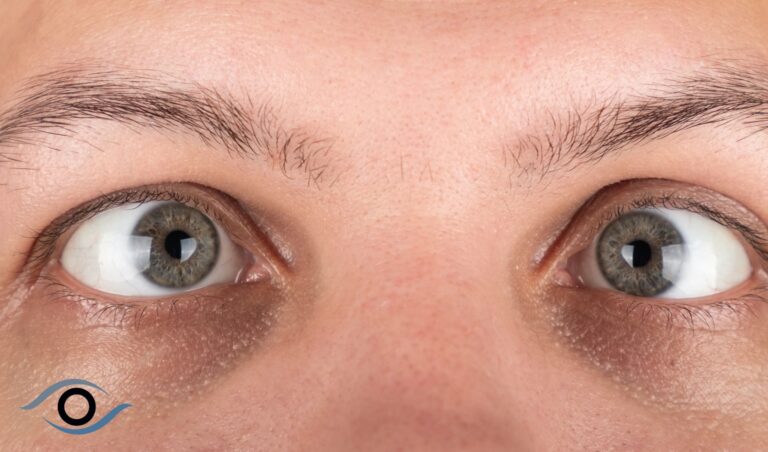Strabismus, commonly known as crossed-eyes, is a condition in which the eyes do not properly align with each other when looking at an object. One eye may turn inwards, outwards, upwards, or downwards while the other eye looks straight ahead. This misalignment can be constant or intermittent.
Strabismus can result from various factors, including:

Strabismus is typically diagnosed through a comprehensive eye exam that may include:
Treatment for strabismus depends on its cause and severity. Options include:
If untreated, strabismus can lead to complications such as:
Early detection and treatment are crucial for preventing long-term vision problems associated with strabismus.
Contact us to discuss your Strabismus and how we can help.
We love our patients and look forward to seeing each of you at our new clinic soon.
Within the Poplar Centre at
Suite 150, 5504 Macleod Tr. SW
Calgary, AB T2H 0J5
Monday: 9am to 5pm
Tuesday: 8am to 4pm
Wednesday: 9am to 5pm
Thursday: 11am to 7pm
Friday: 9am to 5pm
Saturday: Closed
Sunday: Closed
© Hesla Optometry 2024. All Rights Reserved | Privacy Policy | Terms of Use | Anti-Spam